Kids don’t just want to learn about the world – they want to change it

Latest news
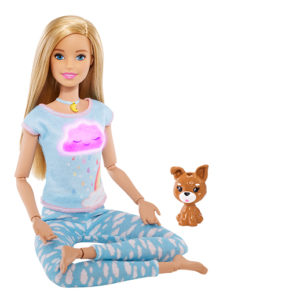
-ADVERTISEMENT- The wellness and fitness trend has arrived in the …

The fight against environmental destruction and the climate crisis are …

Anyone looking for new products in the field of toys, …
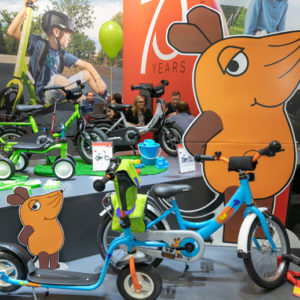
It is a market with huge dimensions and great potential. …

For companies, a social media presence has become indispensable and …

Hardly anything disturbs customers as much as waiting at the …

Research by TV station RBB has shown that some outlet …
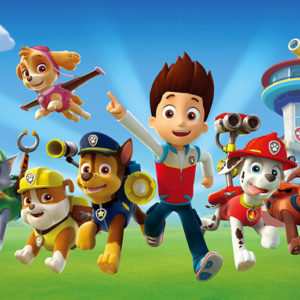
The industry association Licensing International (formerly LIMA) has honored outstanding …

Communications manager Hannah König and managing director Stephan Schenk are …
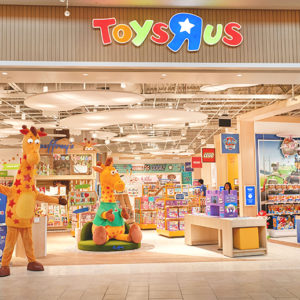
The toy dealer wants to leave his insolvency behind him. …
Geolino is a magazine read by many children, mainly from academic households, and it has just turned 20 years old. To mark the occasion, the F.A.Z. interviewed Geolino Editor-in-Chief, Martin Verg (F.A.Z. from 6 July 2016). The interview offers interesting insights into the minds of children aged 8 to 14 years old, Geolino’s target readership.
When asked about the media consumption habits of children and young people, Verg replied: “Of course, our readers are more digital than they were five, ten, or twenty years ago. But it is also true that the online experience and the use of smartphones really only makes itself felt when they enter the fifth grade in school. Before that age, the Internet and mobile communications are not so dominant.”
It’s overwhelmingly parents who are responsible for buying the magazine and, according to Verg, up to 90% of parents read it too.
This information is interesting for children’s product manufacturers, whose advertising is aimed at both parents and children. Rather than it being a one-way street of parents influencing their children, the opinion-forming processes for parents and children work both ways. The magazine does not restrict itself to easy-to-digest themes like the life of penguins, but rather tackles difficult subjects too, such as children who are affected by disasters. For example, the magazine has reported on landmine victims and children orphaned by AIDS.
When asked if the interests of their young readers have changed greatly, Verg replied, “The interests haven’t really changed greatly. But our readers have become significantly more informed. And, concomitantly, their desire to get involved has increased significantly.” As an example, Geolino’s Editor-in-Chief cites reactions to articles depicting the living conditions, hardships, and dangers faced by children in other countries around the world. According to Verg: “The desire to help has become stronger. Our young readers don’t just want to be informed, they also want to make a difference.”
“How we can save the world” was not just the theme of a Geolino issue last year, but is now the title of a regular column beginning with the current anniversary issue.
Companies whose product advertisements seek to target children aged 8 to 14 years old should be prepared with a story or theme that interests them. Such advertisements shouldn’t just play on children’s curiosity, but should also speak to their need for engagement with the world and their desire to talk about these themes with their parents.
When asked how to go about reporting the international news to children, Verg replied: “The question is really about how to convey information and content to children on a basic level. For us, this is very strongly a visual process. Geolino comes alive in the layouts, which should arouse curiosity and be as easily accessible as possible. In the end, however, children should be able to read, understand, and find the texts interesting.”



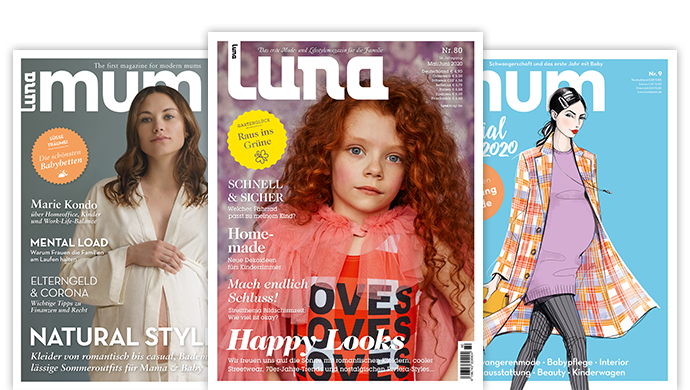
Leave a Reply